Related Research Articles

Antonio Griffo Focas Flavio Angelo Ducas Comneno Porfirogenito Gagliardi De Curtis di Bisanzio, best known by his stage name Totò, or simply as Antonio de Curtis, and nicknamed il Principe della risata, was an Italian actor, comedian, screenwriter, dramatist, poet, singer and lyricist. He was commonly referred to as one of the most popular Italian performers of all time. He is best known for his funny and sometimes cynical character as a comedian in theatre and then in many successful films shot from the 1940s to the 1960s, but he also worked with many iconic Italian film directors in dramatic/poetic roles.
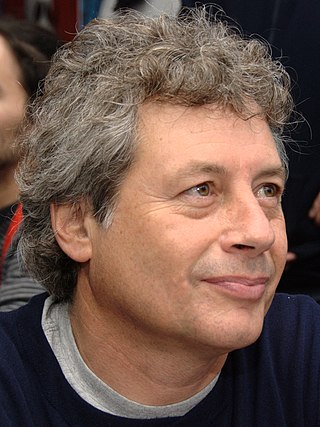
Alessandro Baricco is an Italian writer, director and performer. His novels have been translated into a wide number of languages.

Mario Brega was an Italian character actor. His heavy build meant that he regularly portrayed a thug in his films, particularly earlier in his career in westerns. Later in his career, however, he featured in numerous Italian comedy films. Brega stood at 6 feet 4 inches (1.93 m) and well over 250 pounds (110 kg) at his heaviest but after the 1960s slimmed down significantly.

Guglielmo Achille Cavellini, also known as GAC, was an Italian artist and art collector. After an initial activity as a painter, in the 1940s and 1950s he became one of the major collectors of contemporary Italian abstract art, developing a deep relationship of patronage and friendship with the artists. This experience has its pinnacle in the exhibition Modern painters of the Cavellini collection at the National Gallery of Modern Art in Rome in 1957. In the 1960s Cavellini resumed his activity as an artist, with an ample production spanning from Neo-Dada to performance art to mail art, of which he became one of the prime exponents with the Exhibitions at Home and the Round Trip works. In 1971 he invented autostoricizzazione (self-historicization), upon which he acted to create a deliberate popular history surrounding his existence. He also authored the books Abstract Art (1959), Man painter (1960), Diary of Guglielmo Achille Cavellini (1975), Encounters/Clashes in the Jungle of Art (1977) and Life of a Genius (1989).

Ugo Tognazzi was an Italian actor, director, and screenwriter.

Raffaele La Capria was an Italian novelist and screenwriter.
Damiano Damiani was an Italian screenwriter, film director, actor and writer. Poet and director Pier Paolo Pasolini referred to him as "a bitter moralist hungry for old purity", while film critic Paolo Mereghetti said that his style made him "the most American of Italian directors".

Gastone Moschin was an Italian stage, television and film actor.
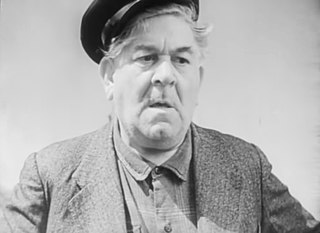
Giovanni Grasso was an Italian stage and film actor. He appeared in more than 80 films between 1910 and 1955. He was born and died in Catania, Sicily, Italy. Born into a family of marionettists, he was cousin and namesake of Giovanni Grasso, a respected stage actor specialized in the Sicilian language repertoire, so he assumed at the beginning of his career the stage name "Giovanni Grasso Junior" to stand out. He was mainly active on stage, often acting together with his wife, Virginia Balestrieri.

Gigi Ballista was an Italian film and television actor. He appeared in 60 films between 1961 and 1980.
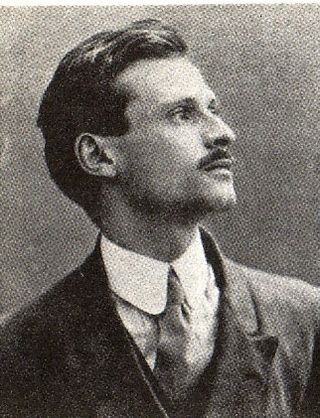
Marino Moretti was an Italian poet and author.

The Beach also internationally released as Riviera and The Boarder) is a 1954 French-Italian comedy drama film directed by Alberto Lattuada and starring Martine Carol, Raf Vallone and Mario Carotenuto. In 2008 the film was selected to enter the list of the 100 Italian films to be saved.
Gaetano Mormile was an Italian painter, mainly of genre subjects, often peasants in folkloric dress, but also vedute and Neo-Pompeian subjects.

Marisa Del Frate was an Italian actress, singer, and television personality.

Fiorenzo Fiorentini was an Italian actor, author, composer, screenwriter and radio personality.

Pompeo Massani was an Italian painter who mainly depicted costume genre subjects, often in satirical poses.
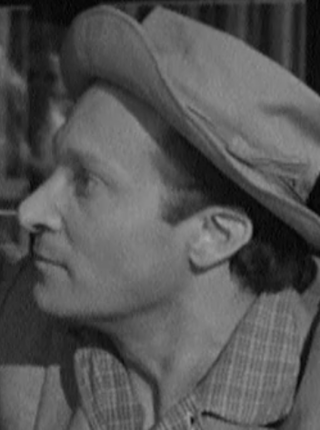
Alfredo Rizzo was an Italian actor, screenwriter and director.

Renato Navarrini (1892–1972) was an Italian stage and film actor. He was married to the actress Fanny Marchiò.

Mimmo Poli was an Italian film character actor.
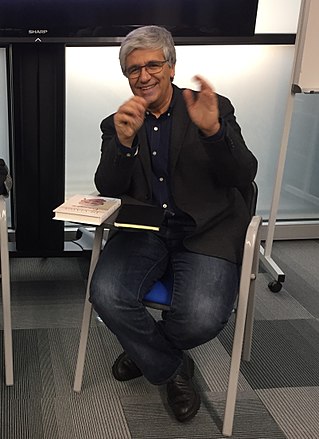
Andrea Tornielli is an Italian journalist and religious writer.
References
- ↑ ‘‘Dizionario degli Artisti Italiani Viventi: pittori, scultori, e Architetti.’’, by Angelo de Gubernatis. Tipe dei Successori Le Monnier, 1889, page 457.